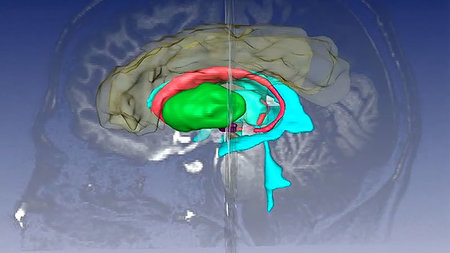Am meisten zitiert
H-Faktor: 26
Quelle: www.scopus.com

H-Faktor: 26
Quelle: www.scopus.com

Projektstart für deutsch-israelisch-amerikanisches Kooperationsprojekt zur Erforschung von Tourette- Ursachen …

Oliver Maith, der in Chemnitz Sensorik und kognitive Psychologie studierte, war in einem wettbewerblichen Verfahren zur Promotionsförderung erfolgreich und forscht nun im Bereich der Computational Neuroscience …

TU Chemnitz beteiligt sich an BMBF-gefördertem Projekt zu selbstlernendem Algorithmus für verbesserte Karosseriefertigung …

TU Chemnitz lädt am 20. Mai 2025 alle Interessierten aus der Universität und der Stadt Chemnitz zum 3. Diversity Day ein …
Gezeigt werden bedeutende Erfindungen der Industrieregion Chemnitz aus der …
Konzert des Orchesters der TU Chemnitz mit Werken von Puccini, Rossini, Bottesini und Mendelssohn. …
Die IEEE I2MTC 2025 ist die größte Messtechnik Tagung der Welt. Sie wird …
Die TU Chemnitz (TUC) beteiligt sich am 20. Mai 2025 mit einem …
Neuinszenierung von WRECKS: Die Aufführung eines zum Nachdenken anregenden …
Am 22.05.2025 hast du die Möglichkeit, mit zahlreichen Arbeitgebern aus verschiedenen Branchen in …